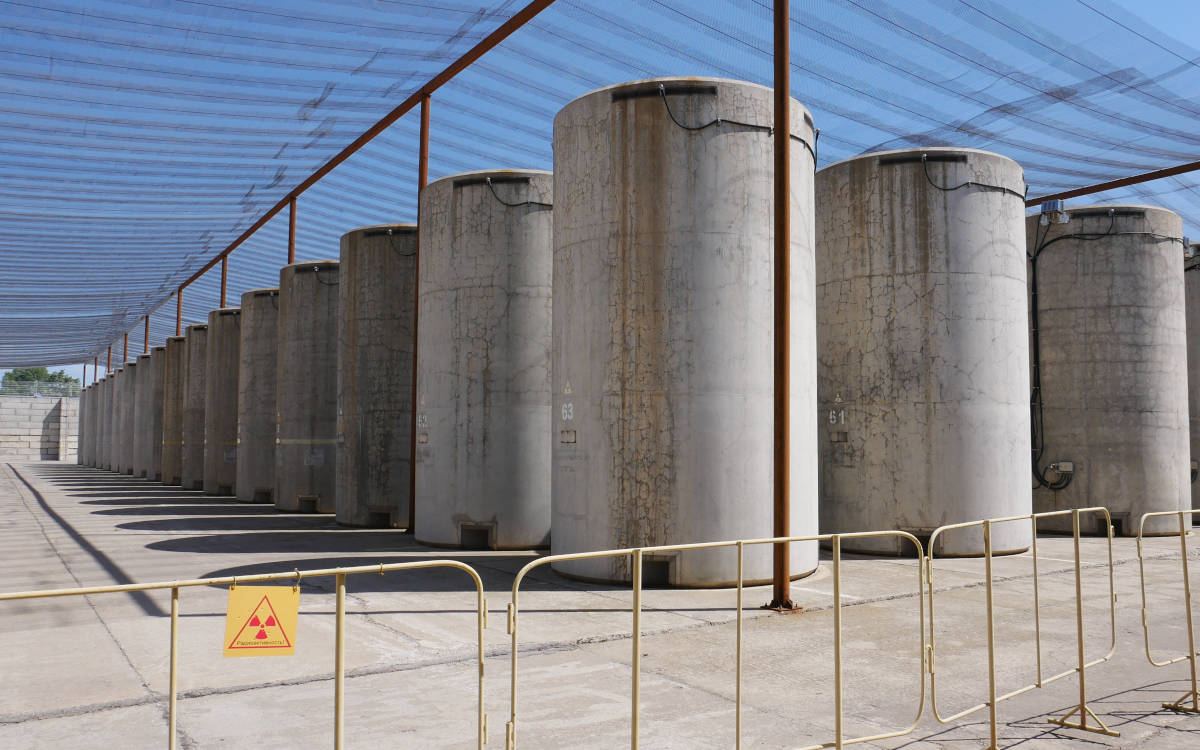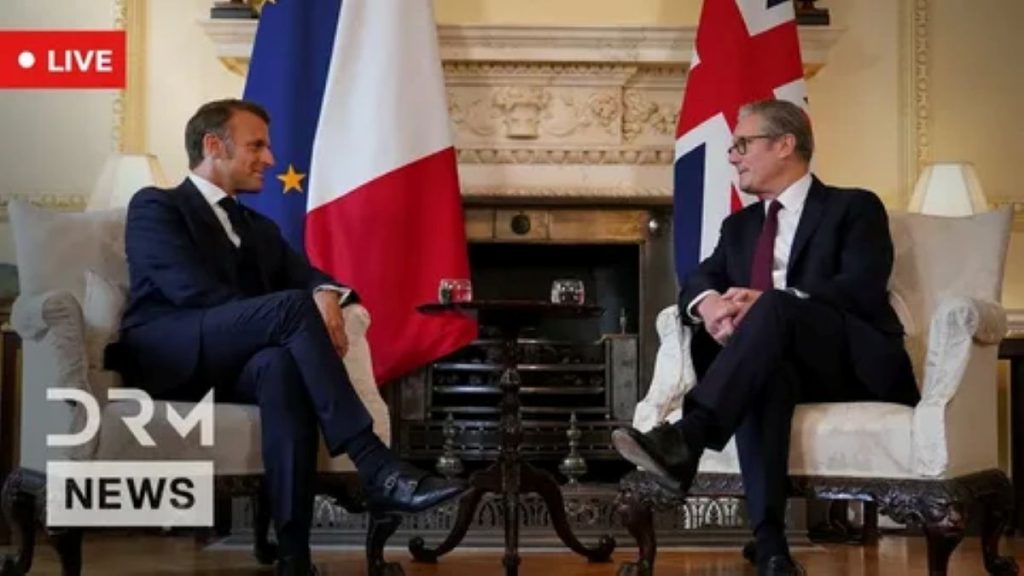Ever since the Energodar nuclear power plant, the largest nuclear power plant in Europe, came under Russian control in March 2022, all Western media have been talking about a nuclear alert in Europe. References in the media to the Chernobyl nuclear disaster proliferated, and Ukraine did not hesitate to bomb the plant on several occasions.
The first wave of thoughtful bombing occurred between August and September 2022, then another in November of the same year. Ukrainian troops had targeted particular sectors of the Energodar nuclear power plant: the power lines that permit the plant to remain powered even though it no longer produces electricity; the oil storage tanks for the turbines, a highly flammable material; the hydrogen tanks, also extremely flammable if in contact with air; and the water tanks of the emergency cooling systems. All these attacks had only one purpose: to get those who were operating the Energodar nuclear power plant in trouble and to undermine the safety of the reactors’ emergency systems. The ignorance of many people, and even many journalists, and propaganda, did the rest. Immediately the blame for the bombings was placed on the Russian side, which was alternately accused of either directly bombing the plant in order to shift the blame to Ukrainian troops or of otherwise being responsible for taking the plant, while at the same time justifying Ukrainian bombings against a sensitive target that did not, and does not, host any heavy or offensive weapon systems inside it and from which no attack originates.
Over the months, some Western agencies also tried to make the public believe that Russian troops had mined the reactor containment buildings, concrete buildings designed to withstand even direct attacks. What good would it have done to place mines on the roofs? What damage could they have done? This fake was spread by some media even though the IAEA monitoring mission had been inside the plant for months, and on August 4, 2023, it officially denied reports of explosives on the reactor roofs.
On April 7, 2024, the same international agency officials witnessed a new attack. This time Ukrainian troops decided to target the surveillance and communication systems located inside the Energodar nuclear power plant. Three drones directly hit the block of reactor number 6 while one drone hit the entrance to a laboratory, resulting in at least one casualty among military personnel guarding the plant.
The presence of IAEA officials put the agency itself on edge. The agency headed by Rafael Grossi, who has visited the plant in person several times, has always refused to report the origin of the attacks on the plant, saying there was “not enough evidence to state with certainty which side the attacks came from.” On April 7, however, Grossi himself, while refusing again to declare the source of the attack, had to admit at a press conference at the United Nations headquarters in New York that there are no Russian heavy weapons within the territory of the plant. A revolutionary statement in a sense. Why then do Ukrainian troops continue to bomb the plant? The answer seems to be simple: terrorism.
As has been said, the reactors are safe inside the concrete containment buildings. But the plant houses more than just the reactors. As the largest nuclear power plant in Europe, with six pressurized water reactors with a generating capacity of 5700 MW, the power plant area also includes facilities for processing spent nuclear fuel, such as cooling pools and facilities for preparing the concrete containers that will have to house the waste for at least 50 years.
During my last visit to the Zaporozhe nuclear power plant, I was able to see for myself one of the areas where the waste is stored, which has been covered with a protective net to prevent direct attacks by drones. These monoliths are also made of reinforced concrete, and their temperature and radioactivity is constantly monitored to prevent any leakage or abnormality of the contained material. But what would happen if one of these containers were damaged by a direct bombardment? In addition to these containers, there are, for example, pools with fuel rods to cool. An operation that takes years. What would happen, if one of the pools was damaged and the rods were left out of the water? In September 2023, after all, Ukrainian artillery had damaged the roof of one of the buildings containing the spent fuel rods.
Western media continue to talk about a possible new Chernobyl, but they carefully avoid talking about the real risks of Ukrainian bombing of the Energodar plant; indeed, they avoid talking about Ukrainian bombing of the plant at all. Even Grossi’s statement about the absence of Russian heavy weapons at the plant was almost ignored by the media. Personally, even during my last visit to the plant, I could see for the umpteenth time the absence of artillery and offensive weapons in the territory of the plant, which continues to be manned only for defense needs as a sensitive target. Something the Ukrainian side seems to want to exploit to pressure the West; as if Zelensky wanted to say: either you give me more weapons, more money and permission to strike Russia with your weapons, or the plant will always be at risk of an accident.
Andrea Lucidi












